![剑桥物理公式手册 [The Cambridge Handbook of Physics Formulas]](https://pic.windowsfront.com/10762450/8a6437a0-3c21-48b5-8bef-510d77a986b3.jpg)

具体描述
内容简介
The Cambridge Handbook of Physics Formulas is a quick-reference aid for students and pro-fessionals in the physical sciences and engineering. It contains more than 2 000 of the mostuseful formulas and equations found in undergraduate physics courses, covering mathematics,dynamics and mechanics, quantum physics, thermodynamics, solid state physics, electromag-netism, optics, and astrophysics. An exhaustive index allows the required formulas to belocated swiftly and simply, and the unique tabular format crisply identifies all the variablesinvolved.内页插图
目录
PrefaceHow to use this book
1 Units constantsand conversions
1.1 Introduction
1.2 SI units
1.3 Physical constants
1.4 Converting between units
1.5 Dimensions
1.6 Miscellaneous
2 Mathematics
2.1 Notation
2.2 Vectors and matrices
2.3 Seriessummations,and progressions
2.4 Complex variables
2.5 Trigonometric and hyperbolic formulas
2.6 Mensuration
2.7 Differentiation
2.8 Integration
2.9 Special functions and polynomials
2.10 Roots of quadratic and cubic equations
2.11 Fourier series and transforms
2.12 Laplace transforms
2.13 Probability and statistics
2.14 Numerical methods
3 Dynamics and mechanics
3.1 Introduction
3.2 Frames of reference
3.3 Gravitation
3.4 Particle motion
3.5 Rigid body dynamics
3.6 Oscillating systems
3.7 Generalised dynamics
3.8 Elasticity80
3.9 Fluid dynamics
4 Quantum physics
4.1 Introduction
4.2 Quantum definitions
4.3 Wave mechanics
4.4 Hydrogenic atoms
4.5 Angular momentum
4.6 Perturbation theory
4.7 High energy and nuclear physics
5 Thermodynamics
5.1 Introduction
5.2 Classical thermodynamics
5.3 Gas laws
5.4 Kinetic theory
5.5 Statistical thermodynamics
5.6 Fluctuations and noise
5.7 Radiation processes
6 Solid state physics
6.1 Introduction
6.2 Periodic table
6.3 Crystalline structure
6.4 Lattice dynamics
6.5 Electrons in solids
7 Electromagnetism
7.1 Introduction
7.2 Static fields
7.3 Electromagnetic fields(general)
7.4 Fields associated with media
7.5 Forcetorque, and energy
7.6 LCR circuits
7.7 Transmission lines and waveguides
7.8 Waves in and out of media
7.9 Plasma physics
8 Optics
8.1 Introduction161 -8.2 Interference
8.3 Fraunhofer ditlraction,
8.4 Fresnel diffraction
8.5 Geometrical optics
8.6 Polarisation
8.7 Coherence (scalar theory)
8.8 Line radiation
9 Astrophysics
9.1 Introduction
9.2 Solar system data
9.3 Coordinate transformations (astronomical)
9.4 Observational astrophysics
9.5 Stellar evolution
9.6 Cosmology
Index
精彩书摘
In A Brief History of Time, Stephen Hawking relates that he was warned against includingequations in the book because each equation, would halve the sales. Despite this direprediction there is, for a scientific audience, some attraction in doing the exact opposite.The reader should not be misled by this exercise. Although the equations and formulascontained here underpin a good deal of physical science they are useless unless the readerunderstands them. Learning physics is not about remembering equations, it is about appreci-ating the natural structures they express. Although its format should help make some topicsclearer, this book is not designed to teach new physics; there are many excellent textbooksto help with that. it is intended to be useful rather than pedagogically complete, so thatstudents can use it for revision and for structuring their knowledge once they understandthe physics. More advanced users will benefit from having a compact, internally consistent,source of equations that can quickly deliver the relationship they require in a format thatavoids the need to sift through pages of rubric.
前言/序言
The Cambridge Handbook of Physics Formulas is a quick-reference aid for students and pro-fessionals in the physical sciences and engineering. It contains more than 2 000 of the mostuseful formulas and equations found in undergraduate physics courses, covering mathematics,dynamics and mechanics, quantum physics, thermodynamics, solid state physics, electromag-netism, optics, and astrophysics. An exhaustive index allows the required formulas to belocated swiftly and simply, and the unique tabular format crisply identifies all the variablesinvolved.The Cambridge Handbook of Physics Formulas comprehensively covers the major topicsexplored in undergraduate physics courses. It is designed to be a compact, portable, referencebook suitable for everyday work, problem solving, or exam revision. All students andprofessionals in physics, applied mathematics, engineering, and other physical sciences willwant to have this essential reference book within easy reach.
用户评价
说实话,当初买这本《剑桥物理公式手册》纯粹是出于好奇,毕竟“剑桥”这两个字,自带光环,总觉得里面藏着什么不得了的东西。打开它的时候,我内心是有点忐忑的,毕竟物理对我来说,一直是个稍微有点遥远但又充满魅力的学科。一开始,我只是随便翻翻,想看看里面的公式到底有多“硬核”。但很快,我就被它那种“大道至简”的风格吸引了。那些看似复杂的符号和方程,在手册里被清晰地呈现出来,旁边配以简洁的解释,甚至还有一些历史渊源的简单介绍。这让我感觉,物理公式不再是冰冷的代码,而是一种语言,一种描述宇宙运行规律的语言。这本书不像教科书那样需要系统学习,它更像是一个随时可以查阅的“秘密武器”,当你遇到一个不熟悉的物理现象,或者需要验证一个模糊的猜想时,它就能提供最直接、最准确的答案。这种随取随用的便利性,极大地激发了我对物理的兴趣,也让我对这个世界的奥秘有了更深的探索欲望。
评分作为一名资深的学习者,我对工具书的要求向来非常高。《剑桥物理公式手册》这本书,从它的名字就能感受到其分量,而实际拿到手中,也确实不负所望。它的内容编排绝对是顶级的,逻辑性强到令人赞叹。我印象最深刻的是它对公式的呈现方式,不是简单地罗列,而是注重其上下文语境和物理意义的阐释,这对于真正理解一个公式至关重要,而不是仅仅记住它。在某些非常晦涩的物理概念上,它能够用非常精炼的语言给出一个清晰的框架,让我能够快速把握其核心。这本书的价值在于它的“实用性”和“深度”并存,既能满足我快速查阅的需求,又能在我深入研究某个领域时提供可靠的支撑。它不仅仅是一本公式的集合,更像是一张通往物理学殿堂的路线图,清晰地指引着每一个求知者的方向,让我每一次的翻阅都受益匪浅,充满成就感。
评分我是一名物理学初学者,常常被各种公式和理论搞得头晕眼花。在朋友的推荐下,我入手了这本《剑桥物理公式手册》。刚拿到手,就被它厚重的质感和精美的排版所吸引。翻开第一页,扑面而来的是严谨的科学氛围。我最看重的是这本书在公式呈现上的清晰度和准确性。每一个公式都配有详尽的符号解释和适用条件,这对于理解公式背后的物理意义至关重要。而且,手册的编排非常合理,涵盖了从经典力学到量子力学、从电磁学到热力学等各个物理分支,让我感觉就像拥有了一个触手可及的物理知识库。在使用过程中,我发现这本书非常适合我这种需要不断查阅、巩固基础知识的学习者。它能够帮助我快速定位到我需要的公式,并且通过简洁的描述让我理解其核心概念。这本书已经成为我学习物理过程中不可或缺的伙伴,每次遇到困惑,都能在它这里找到答案,极大地提升了我的学习效率和信心。
评分这本书的封面设计就透着一股严谨和专业的气息,那种经典的蓝白搭配,再加上“剑桥”二字,总会让人心生敬意。拿到手里,感觉分量十足,厚实的手感预示着内容的丰富。我是在准备一次重要的学术会议前购入的,当时的目标是想迅速梳理和回顾一些关键的物理概念和公式,毕竟在短时间内需要掌握大量信息,一本可靠的参考书是必不可少的。翻开它,映入眼帘的是密密麻麻但又条理清晰的公式和定义,印刷质量非常高,纸张也很舒服,不会有廉价感。我喜欢它在章节划分上的逻辑性,能够很容易地根据自己的需求找到相应的知识点,这一点对于时间宝贵的读者来说至关重要。虽然我还没能完全深入研读这本书的每一个细节,但仅从其编排和内容的广度来看,它无疑是一部值得信赖的物理学宝典。每次翻阅,都能从中汲取到新的灵感,或者巩固已有的知识,它的存在本身就是一种安心。
评分坦白说,我并非物理学专业出身,购买《剑桥物理公式手册》更多的是出于一种“备战”的心态。我知道在一些跨学科的交流中,或者在需要理解一些科技新闻时,基本的物理概念和公式能够提供很大的帮助。拿到书后,我首先就被它那种“大而全”的特点所震撼。它就像一本物理学的“百科全书”,几乎涵盖了我能想到和想不到的各种物理领域。我尤其喜欢它在公式推导和应用方面的简洁性,虽然我可能不会去深入研究其推导过程,但能够清晰地看到公式的最终形态以及其在不同情境下的应用,就足以让我对某个物理现象产生初步的理解。这本书就像是给我打开了一扇通往物理世界的大门,虽然我可能还只是一个门外汉,但它已经让我对这个世界的运作方式有了更直观的认识。它不仅仅是一本公式手册,更是一种启迪,一种激发我深入了解科学世界的动力。
评分量
评分朋
评分候
评分很
评分物
评分了
评分们
评分风
评分但
相关图书
本站所有内容均为互联网搜索引擎提供的公开搜索信息,本站不存储任何数据与内容,任何内容与数据均与本站无关,如有需要请联系相关搜索引擎包括但不限于百度,google,bing,sogou 等
© 2025 book.coffeedeals.club All Rights Reserved. 静流书站 版权所有


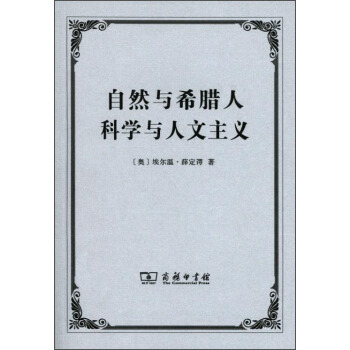
![救荒本草译注 [Translation and Annotation of Jiuhuang Bencao or Treatise on Wild Food Plants Used for Saving Famine] pdf epub mobi 电子书 下载](https://pic.windowsfront.com/11823731/56c593ebN7a6a7196.jpg)
![进化动力学:探索生命的方程 [Evolutionary Dynamics Exploring The Equations Of Life] pdf epub mobi 电子书 下载](https://pic.windowsfront.com/10053034/6fb0367c-865d-4b85-b5f4-c6dcbe7017b0.jpg)

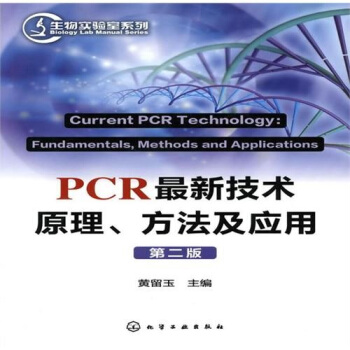




![发现鸟类:鸟类学的诞生(1760-1850) [Discovering Birds:The Emergence of Ornithology as A Scientific Discipline:1760-1850] pdf epub mobi 电子书 下载](https://pic.windowsfront.com/11775617/561efa15N3b9f24a7.jpg)
![中国高等植物彩色图鉴(全套共9册) [Higher Plants of China in Colour] pdf epub mobi 电子书 下载](https://pic.windowsfront.com/11938827/59e96ca5N4d8837dd.jpg)
![纳博科夫的蝴蝶:文学天才的博物之旅 [Nabokov's Blues:The Scientific Odyssey of A Literary Genius] pdf epub mobi 电子书 下载](https://pic.windowsfront.com/11949980/576cfc82Nae8b216e.jpg)
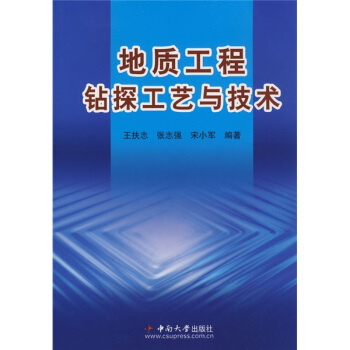


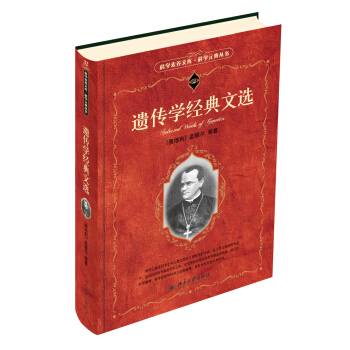
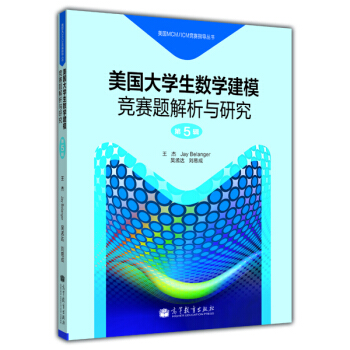
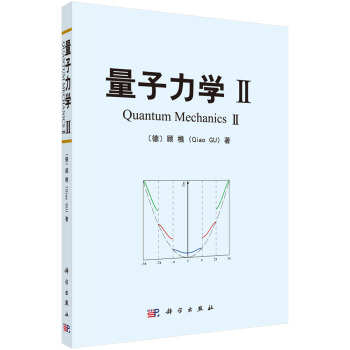
![量子场论(第1卷) [The Quantum Theory of Fields] pdf epub mobi 电子书 下载](https://pic.windowsfront.com/11511853/53e180ccN68966c3f.jpg)